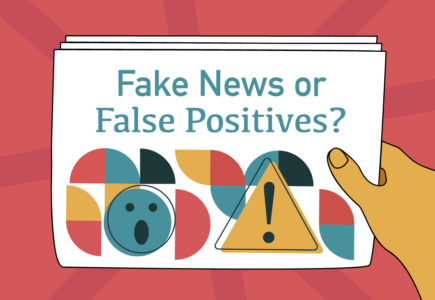Recently, a bankruptcy judge ordered rapper 50 Cent (real name Curtis James Jackson III) back to court over several Instagram posts.
The photos showed Jackson surrounded by bundles of cash. In one, stacks of bills filled his refrigerator. Another spelled out the word “broke,” and one showed him cuddling money in bed. He also used Instagram to brag about buying a home in Africa.
These posts raised big questions: Was 50 Cent truthful about his finances? Did he have more assets than he reported? If the investigation proves he hid assets or lied under oath, it could have a major impact on his case.
Why Social Media Evidence Matters
This case highlights why social media has become an important tool in bankruptcy investigations.
When someone files for bankruptcy, they must report all income, assets, and debts. This is especially critical in Chapter 7 and Chapter 13 bankruptcies.
-
Chapter 7 wipes out eligible debts.
-
Chapter 13 creates a payment plan based on income to repay some or all debts.
If someone commits fraud—by hiding assets or lying on their petition—the court can refuse to discharge debts. The case might even be dismissed. On top of that, the petitioner could face perjury charges, which carry heavy fines or jail time.
Social Media Evidence Holds Up in Court
Courts accept social media evidence, even from private accounts. Bankruptcy trustees, creditors, lawyers, insurance companies, and investigators all turn to social media to spot signs of fraud.
Pictures of fancy dinners, luxury vacations, or piles of cash can raise red flags. LinkedIn profiles can reveal hidden jobs or income.
If investigators uncover this kind of evidence, they can ask the court to dismiss the case or change the repayment terms. Because social media is now part of everyday life, checking these accounts has become a routine—and essential—step in many bankruptcy cases.
Real-World Example of Fraud Detection
Imagine someone files for bankruptcy to erase debt. On paper, they claim they have no assets. But online, their posts tell a different story: they show off luxury cars, vacation homes, and designer shopping sprees.
A social media investigation might reveal assets the court can use to repay creditors. This ensures the person pays back as much as they can, rather than walking away from debts they can afford to cover.
What’s Next for 50 Cent?
Since being called back to court, Jackson has kept posting photos with cash. He now claims the money is “prop money,” used to maintain the “public persona of 50 Cent.” He also says his lawyers and creditors have reached an agreement.
Whether these posts will affect his case remains unclear. But this high-profile example shows why attorneys, trustees, and investigators must review social media carefully when handling bankruptcy cases.
How SMI Aware Can Help
If you’re involved in a bankruptcy case, SMI Aware can help uncover and preserve evidence of fraud.
Tell us you’re working on a bankruptcy matter, and our analysts will:
- Locate the subject’s social media accounts
- Review posts, photos, and comments
- Identify red flags like luxury purchases, travel, or hidden assets
Let us help you get the full picture and protect the integrity of your case.
Featured image taken by Andrew Pons via Unsplash




